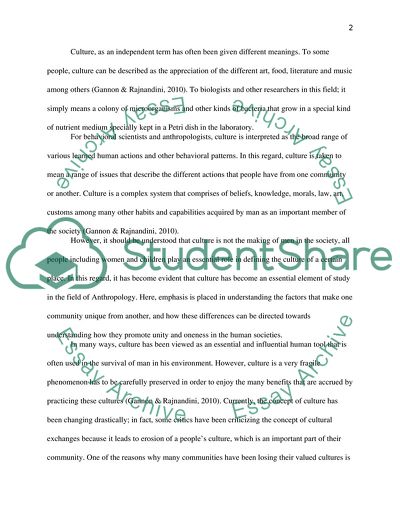Cite this document
(“Interpreting different cultures Essay Example | Topics and Well Written Essays - 2000 words - 1”, n.d.)
Retrieved from https://studentshare.org/anthropology/1671092-interpreting-different-cultures
Retrieved from https://studentshare.org/anthropology/1671092-interpreting-different-cultures
(Interpreting Different Cultures Essay Example | Topics and Well Written Essays - 2000 Words - 1)
https://studentshare.org/anthropology/1671092-interpreting-different-cultures.
https://studentshare.org/anthropology/1671092-interpreting-different-cultures.
“Interpreting Different Cultures Essay Example | Topics and Well Written Essays - 2000 Words - 1”, n.d. https://studentshare.org/anthropology/1671092-interpreting-different-cultures.


